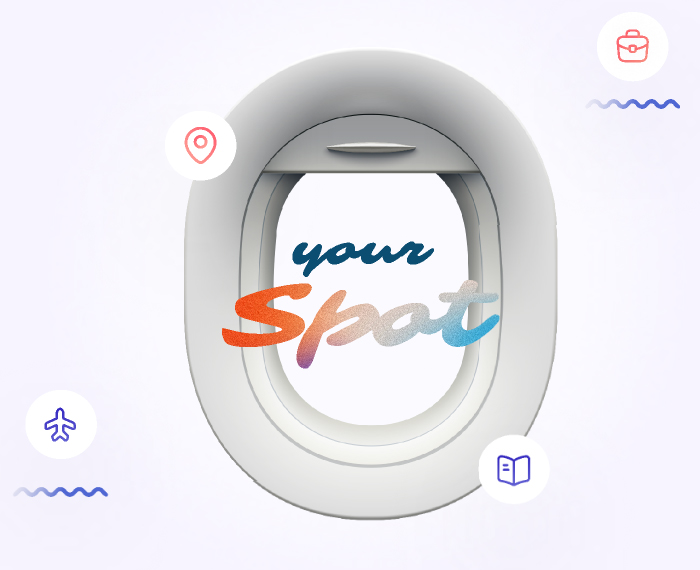

After over a year of waiting, the first-ever category-based selection for Express Entry has been announced. Following amendments to the Immigration and Refugee Protection Act announced in June 2022, category-based draws were planned to start this year.
Online Canadian Immigration Assessment FormIn June 2022, the Canadian Government amended the Immigration and Refugee Protection Act to make it possible to choose immigrants based on essential characteristics that assist economic interests, such as specialized work experience or fluency in French. Canada can send invitations to apply (ITAs) to applicants with particular talents, qualifications, or linguistic abilities. This will make choosing permanent residence candidates with the most in-demand talents easier. Draws are anticipated to start this summer, 2023, with no set date yet.
In rounds of invites based on categories, the Canadian Government has extended invitations to individuals who fall under one of the categories the Minister created to achieve a specific economic objective. Applicants can submit their applications for permanent residence based on standards like work experience in a particular training, education, experience, and responsibilities (TEER) category of the National Occupational Classification (NOC) education proficiency in a particular official language. Canada will begin using category-based selection drawings for Express Entry applicants, prioritizing individuals with good French language skills or work experience in central areas. Draws based on categories are anticipated to start later this summer. The Express Entry selection process in Canada provides a means of luring skilled foreign employees to the nation by promising them permanent residency.
In addition to enhancing the high human capital approach that has been a defining feature of Canada’s successful economic immigration system, category-based selection will make Express Entry more responsive to the country’s changing economic and labor market needs.
The Canadian Government uses a mechanism called Express Entry to handle applications for permanent residence. The CRS, a point-based system, is used by Express Entry to rank candidate profiles.
Express EntryThe system manages 3 main programs:
Canadian Experience Class (CEC)
Federal Skilled Trades Program (FST)
Federal Skilled Worker Program (FSW)
Express Entry applications must be submitted in two steps. The applicant’s profile and the necessary documentation must be submitted as a first step. Results of language tests, academic credentials, passports or other travel paperwork are typically required.
The application can be submitted for the IRCC to consider when you submit a profile and are invited to apply for Canadian permanent residency. The application should be accompanied by supporting documentation, including letters of recommendation, extra identification documents, police clearance certificates, and test results from a medical exam.
individuals who have strong French language skills or work experience in the following industries: healthcare STEM professions trades like carpentry, plumbing, contracting transport agriculture, and agri-food. Later this summer, the new categories’ implementation is planned to start.
The new categories in Canada are intended to solve the workforce shortage and promote the use of French as a second language in minority groups outside of Quebec. Immigration is essential for filling open posts and promoting economic expansion by luring skilled individuals and experts.
1. French language proficiency
Must have a score on the Canadian Niveaux de compétence linguistique of at least 7 in each of the four language abilities.
2. Healthcare
Minimum of six months of unbroken work experience in 35 designated NOC codes, whether in Canada or overseas, during the last three years.
3. Science and Technology
Possess at least six months of continuous work experience (in Canada or abroad) in one of the 24 targeted NOC codes during the last three years.
4. Trade and Transport
Possess at least six months of continuous work experience (in Canada or overseas) in one of the ten targeted NOC codes during the last three years.
5. Agriculture and Agri Foods
Have at least six months of continuous work experience (in Canada or abroad) in one of the three targeted NOC codes in the last three years in agriculture and agri-food occupations.
In addition to category-based draws, Express Entry will conduct other draws throughout the year. Three different rounds:
Those who have received the highest scores in the Express Entry pool and are qualified for one of the three Express Entry Programmes are invited to general rounds of invitations. The Federal Skilled Worker Programme (FSWP), Federal Skilled Trades Programme (FSTP), and Canadian Experience Class (CEC) are the three programs.
The most qualified applicants for each Express Entry program are invited to participate in program-specific rounds. For instance, the IRCC frequently holds draws just for the Provincial Nominee Programs (PNP), inviting only qualified candidates.
To fulfill particular economic objectives across Canada, the Minister of Immigration will create specialized categories. The pool’s highest-ranking applicants who fall within this category’s eligibility will be invited when the categories have been formed.
The general and provincial rounds of invitation, as well as the category-based rounds, were confirmed by the IRCC, indicating that all programme draws will still take place. You can still be selected for these general draws even if your profession is not on the list of occupations in demand.
The applicant’s Comprehensive Ranking System (CRS) score will continue to be essential and significantly impact Express Entry draws. For category-based invitation rounds, only the top candidates in the pool who are eligible for the targeted category will be invited.
Candidates will have a better chance since their CRS score will only be compared to candidates in that selected category and not the entire Express Entry pool.
To address the job gap, the Canadian Government has made immigration a vital part of its strategy. The current immigration strategy also aims to attract individuals with the necessary talents to fill positions in critical sectors like manufacturing, Technology, healthcare, and skilled crafts. Using category-based drawings will help the Government target the positions and industries suffering from the worst shortages.
Over the next three years, more immigrants will arrive in Canada annually. It is estimated that 465,000 new immigrants will reside in Canada by 2023.
Feel free to contact us for your queries